If you’re renovating a home in Philadelphia, especially one of the iconic row houses, you’ll likely come across pipe threads in your plumbing system. A pipe thread is a screw thread designed for connecting pipes and fittings.
Whether you’re tackling a DIY project or just want to know what your contractor is talking about, understanding the difference between NPT (National Pipe Tapered) and NPS (National Pipe Straight) threads is incredibly helpful.
At Matrix Construction, we’re not just about the build, we’re about empowering homeowners with knowledge. In this guide, we discuss pipe threads in a Philadelphia house, identifying which fixtures use which thread type. Let’s get started!
What’s the Difference Between NPT and NPS?
When it comes to pipe threads in plumbing, the two most common types are NPT and NPS. Both are part of the National Pipe Thread Standard used in the U.S., but they’re designed to do different things.
NPT stands for National Pipe Tapered, and just like the name says, these threads are tapered. That means the threads get tighter as you screw them together. The male and female parts squeeze against each other and create a seal through pressure, especially when you add some Teflon tape or pipe sealant. That’s why NPT is perfect for things like gas lines, water heater connections, behind-the-wall setups, and any place where a strong, leak-free seal is critical.
NPS, on the other hand, stands for National Pipe Straight. These threads don’t taper; they stay straight and parallel the whole way through. Because of that, they don’t seal by themselves. Instead, they rely on things like O-rings, rubber gaskets, or compression fittings to create a seal. You’ll usually see NPS threads on sink supply lines, garden hoses, washing machines, and flared fittings in HVAC or oil systems.
So, what’s the main difference?
- NPT seals by thread pressure (tight fit = leak-proof).
- NPS needs a gasket or O-ring to seal (threads just hold it in place).
Each type has its pros and cons. NPT is super common and easy to find but can wear out with repeated use, and it needs to be tightened just right to avoid leaks or cracking. NPS is a bit cleaner, doesn’t need messy sealants, and is better for systems that need to be taken apart often, but the fittings can be a little harder to find.
Figure 1: NPT Vs. NPS Pipe Thread
Now, let’s take a look at what thread types you’ll typically encounter throughout a standard Philadelphia house:
Pipe Threads in a Philadelphia House
Basement
Water Main Shutoff:
➤ Usually NPT threaded. A tight, leak-resistant seal is critical at the point where city water enters the home.
Water Heater Inlets/Outlets:
➤ Typically ¾” NPT male threads. Flexible supply lines connect here using NPT fittings.
Gas Line to Furnace or Water Heater:
➤ Black iron pipe with NPT threads is standard in gas applications.
Read more here: How to Run a CSST Flexible Gas Line from Meter to Appliances?
Sump Pump (if applicable):
➤ Many use NPT for the discharge fitting, but some models may require a gasket-sealed connection.
Kitchen
Sink Shutoff Valves (under the cabinet):
➤ These are often ½” NPT threaded connections.
Faucet Supply Inlets:
➤ Typically use NPS or compression fittings with built-in gaskets for sealing.
Dishwasher Supply Connection:
➤ Usually taps off a tee with NPT threads and uses a compression line or braided hose.
Bathroom
Toilet Shutoff Valve:
➤ Connected to the wall with an NPT threaded fitting, then compression to the toilet tank.
Vanity Faucet Connections:
➤ These typically use compression fittings with rubber seals, although some may appear threaded (NPS).
Shower Arm:
➤ Screws into a drop-ear elbow with ½” NPT male threads wrapped in Teflon tape.
Showerhead:
➤ Also ½” NPT, allowing it to thread directly onto the shower arm.
Figure 2
Tub Spout (Threaded Type):
➤ Screw-on models use ½” NPT male pipe threads.
Washer/Dryer Hookups
Washer Hookups:
➤ The wall valves are often NPT, but the hoses themselves use garden hose threads (GHT), which are completely different and not interchangeable.
Gas Dryer Hookup:
➤ Like the furnace, the gas line uses NPT threads, requiring sealant for a safe connection.
Outdoor Hose Bibbs
Hose Bibb (Wall Connection):
➤ Connected through the wall with NPT threads.
Hose Connection (Spout):
➤ Standard GHT (Garden Hose Thread), not NPT or NPS.
Figure 3: GHT (Garden Hose Thread)
Table 1: Plumbing Fixture – Philadelphia Rowhouse
|
Room/Area |
Fixture |
Connection Type |
|
Basement |
Water Main Shutoff |
NPT (tight, leak-resistant seal) |
|
Basement |
Water Heater Inlets/Outlets |
¾” NPT (male threads + flex connectors) |
|
Basement |
Gas Line (Furnace/WH) |
NPT (black iron pipe) |
|
Basement |
Sump Pump |
NPT or Gasket-sealed discharge |
|
Kitchen |
Sink Shutoff Valves |
½” NPT |
|
Kitchen |
Faucet Supply Inlets |
NPS or Compression |
|
Kitchen |
Dishwasher Supply Connection |
NPT Tee + Compression / Braided Hose |
|
Bathroom |
Toilet Shutoff Valve |
NPT at wall → Compression to tank |
|
Bathroom |
Vanity Faucet Connections |
Compression (rubber seal) or NPS |
|
Bathroom |
Shower Arm |
½” NPT (into drop-ear elbow) |
|
Bathroom |
Showerhead |
½” NPT (onto shower arm) |
|
Bathroom |
Tub Spout (Threaded Type) |
½” NPT (screw-on style) |
Common Pitfalls & What to Watch For
- Mixing NPT and NPS: They may thread together, but they won’t seal properly.
- Over-taping threads: More Teflon tape is better. You want 2–3 wraps max for NPT. For NPS, you might need a rubber washer or thread sealant paste.
- Brass + Galvanized: This combo is common in older Philly homes. It can cause galvanic corrosion if not handled properly.
Final Thoughts
Philadelphia homes, especially the classic row houses, often come with unique plumbing setups. Understanding where and why NPT or NPS threads are typically used helps you better grasp how these systems connect and makes it easier to communicate with your plumber or contractor.
Keep in mind, though, that the details shared in this article reflect common practices, not hard rules. Every home is different, and variations do exist depending on the age of the property, past renovations, or installer preferences.
Do you have questions about your home’s plumbing or a strange fitting that’s leaking? Let us know in the comments below. We live and work in these houses every day, so when you’re ready for a remodel, repair, or complete re-pipe, you know who to call.


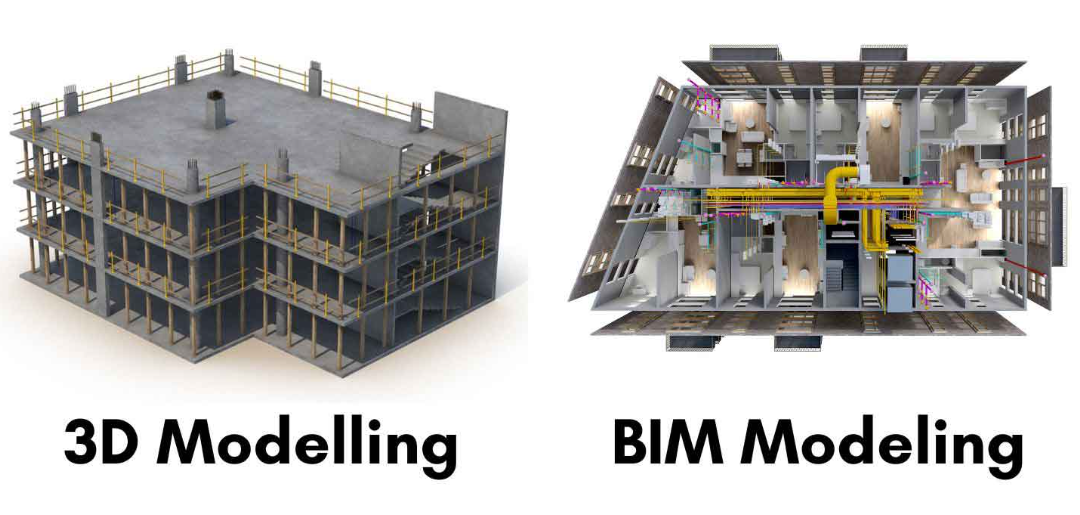

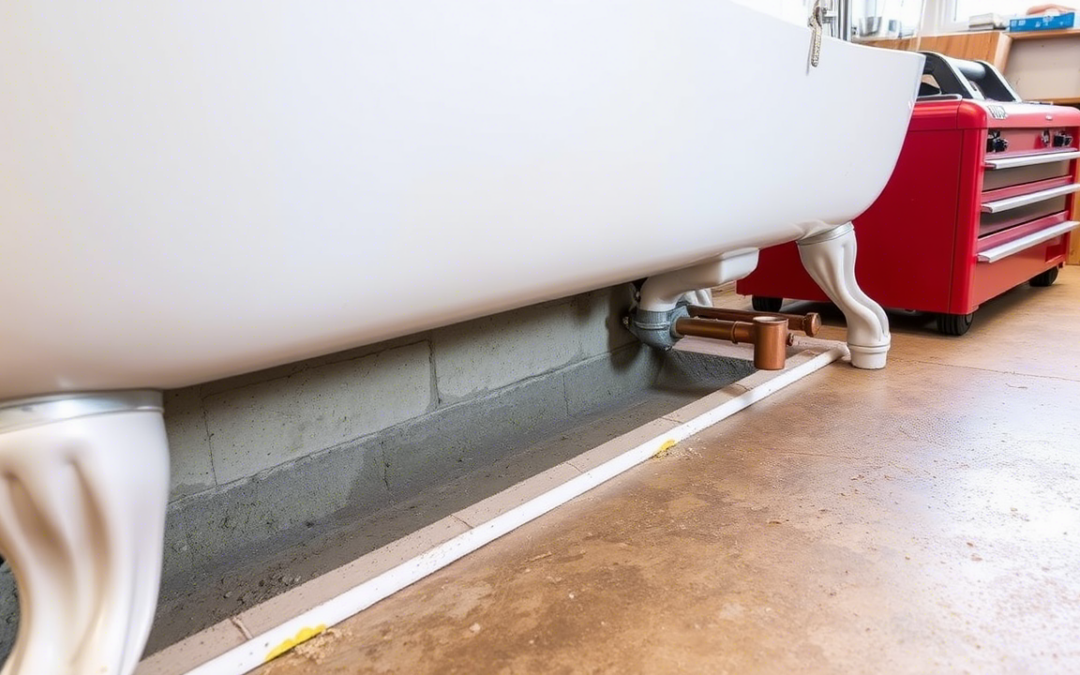
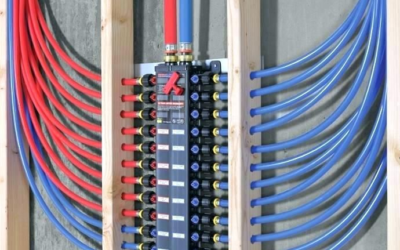
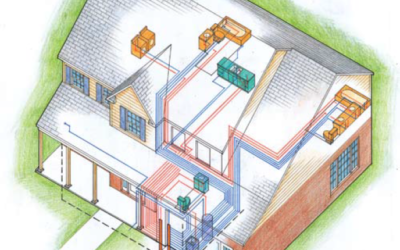
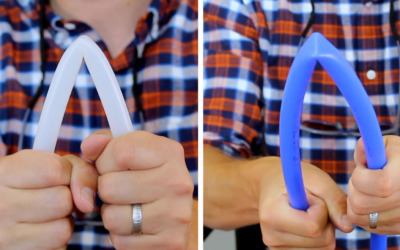
q6v4fv
49ijem